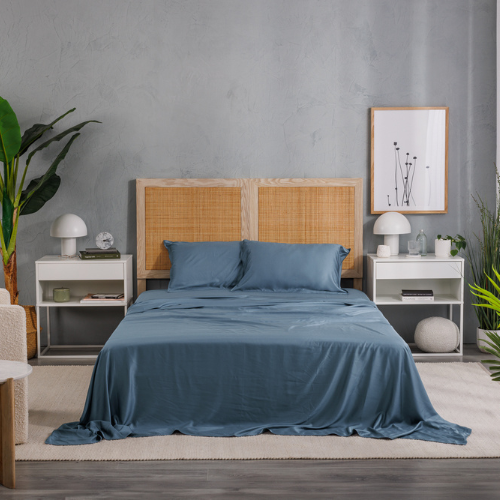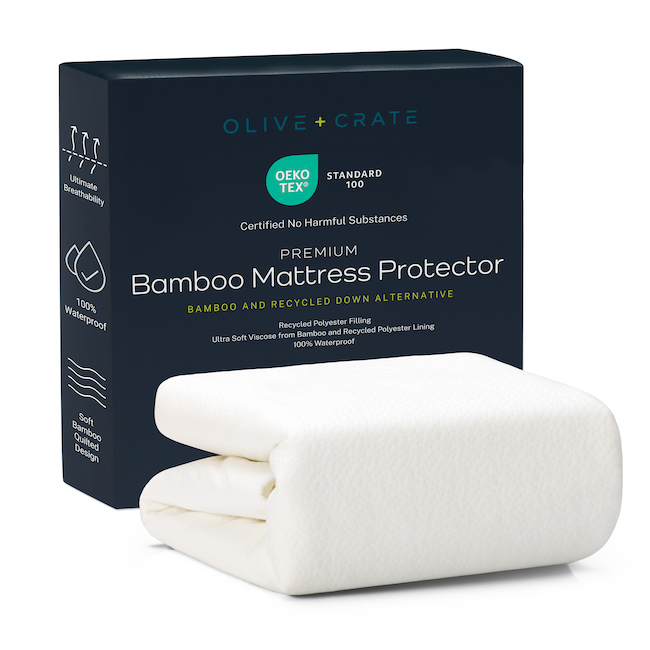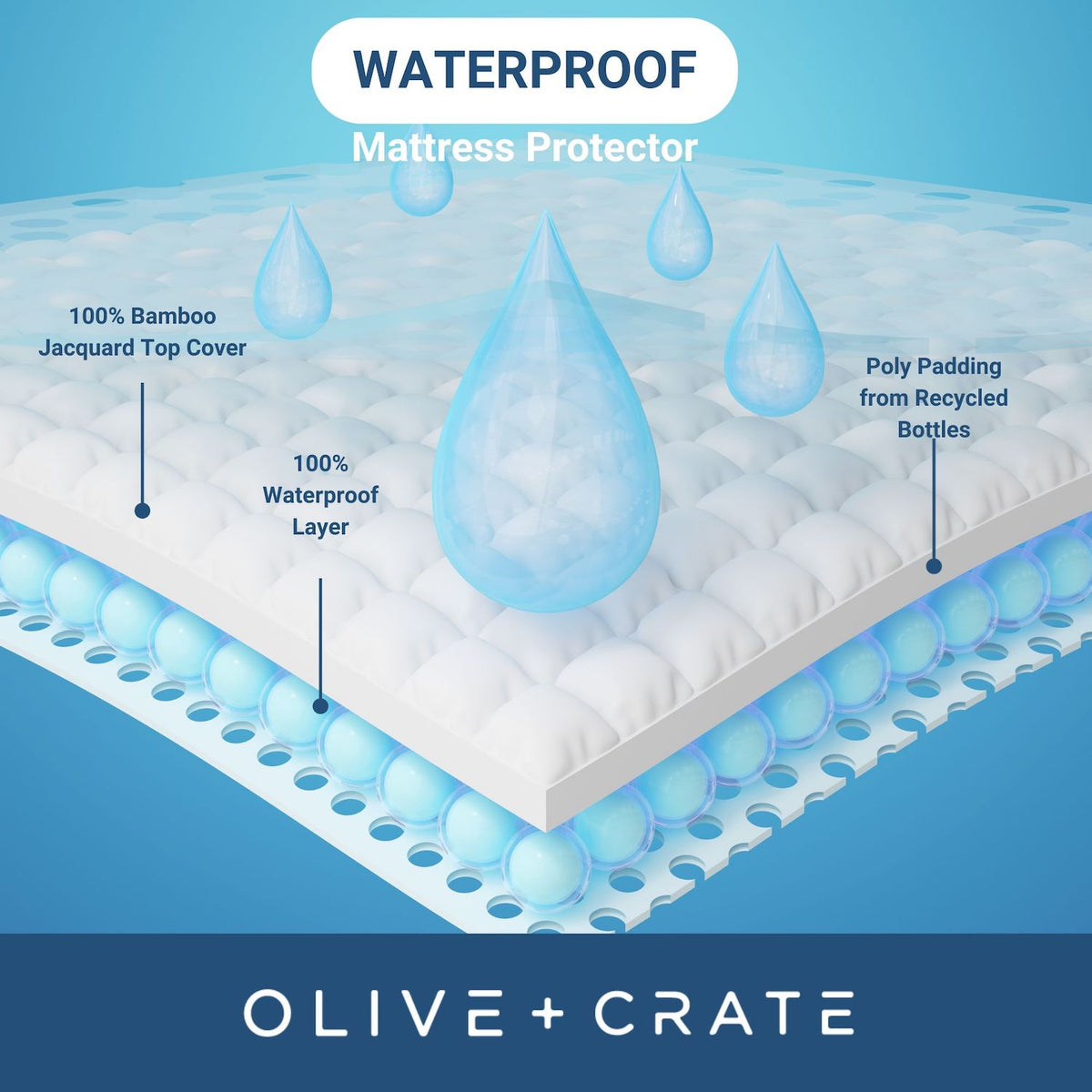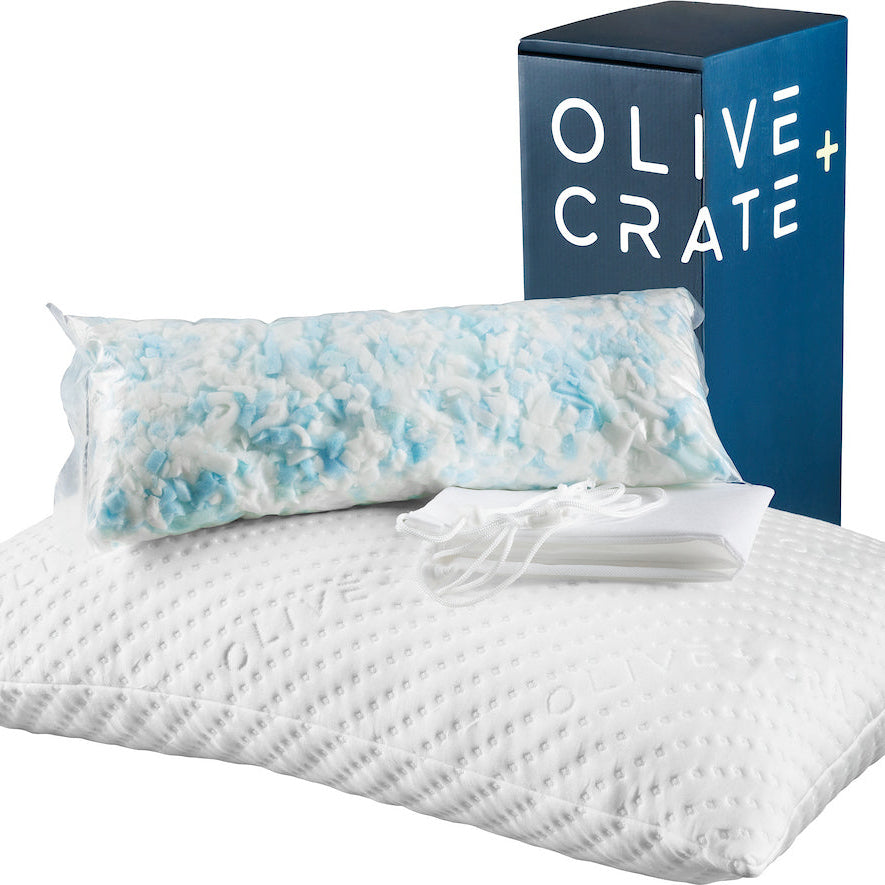by Elizabeth Burton
date: 12/21/2020
Across the world, energy consumption shoots up during the cold months of the year. According to the US Energy Information Administration, “seasonal electricity consumption patterns in homes vary regionally." Predictably, "some regions reach their peak electric load in the winter when the weather is icy." Others use more energy during the hot months as they run their air conditioners. For more information about cooling down during hot months, read our article “How to Sleep through Hot Nights - Without Air Conditioning.”
However, energy use rises precipitously in homes when temperatures drop to uncomfortable levels and days become shorter and darker. The EIA notes that many homes around the country “heat with electricity, either for their primary heating equipment." They tend to use "electric furnaces or heat pumps, or with secondary heating equipment, such as space heaters or electric blankets.”
Unfortunately, many homes are poorly suited to use of space or vent heaters. Those with high ceilings, wood or tile floors and/or drafty windows heat up much more slowly than small areas with tight seals. Furthermore, many consumers have decided to explore safer, more sustainable options for staying warm through winter months -- leaving fossil fuels behind. Follow below for a few sustainable solutions for staying warm through Winter.
5 Sustainable Solutions for Staying Warm Through Winter
#1 Layer Clothing Indoors

Though this tip is obvious, an untold number of us are guilty of cranking up the thermostat rather than pulling on a second sweater. Layering clothing -- when done properly -- keeps your core warm and prevents your extremities from freezing. Though you might feel a bit silly piling on layers indoors at home, you will be warmer and you might feel cozier. For best results, follow Washington Post writer Angela Fritz’s advice -- laid out in “How to Dress to Stay Warm When It’s Super Cold.”
Fritz recommends starting with a base of “polyester, silk or some other material with the ability to wick sweat away from your skin.” Leave behind any cotton t-shirts or undershirts when choosing your base layer. Fritz explains that “cotton will absorb the moisture fine, but it won’t evaporate,” leaving you soaked and chilly if you sweat. For the middle layer, Fritz suggests sweaters made from fleece or polyester, held close to the body but not too tight. If your home is drafty, add a denser sweater or a light puffer jacket. These will prevent any drafts from bypassing the other layers and chilling your skin.
#2 Swap Out Old Sheets

When the seasons change, homeowners often change out linens to reflect the current season’s theme. They choose cozy plaids around Christmas and bright florals during Summer. However, there are a few benefits to swapping out old sheets other than the obvious aesthetic ones. Certain sheets are excellent year round and can provide both coolness during the Summer and warmth during the winter. However, others are suitable only for one or two seasons and should be switched with another set when the opposite seasons arrive. The article “9 Unusual Ways To Keep Your Home Warm” from The Huffington Post suggests changing your sheets when temperatures drop. The article notes that this simple step “is tremendously effective when it comes to keeping warm.”
Their best advice is to “swap cotton sheets” for those with better temperature controlling properties. They also suggest never forgetting "about the value of extra blankets.” Consumers might consider Tencel sheets as their alternative to cotton, notes the article “Best Winter Performance Fabrics” from Ask Andy. The article explains that “Tencel has a thermo-regulating characteristic allowing it to keep you warm in the winter, yet cool in the summer.” Compared to other fabrics or standing alone, Tencel is “a great year-round fabric.”
#3 Weather-Strip Windows

A cheap, effective and sustainable way to keep your home warm during the cold months without using your HVAC is to seal away drafts. In the article “How to Seal Windows and Doors” for This Old House, Tom Silva explains how to keep cold air out. For a permanent seal around windows, one can use any type of foam or rubber weather stripping. Unfortunately, cold air often slips in through unsecured outlets. To mitigate this, Silva recommends “pressing a soft-rubber gasket over the outlet” before replacing the plate to keep cold air from blowing through. Use “minimal-expanding foam” wherever you find cracks or holes in your walls -- particularly around entryways. For doors, Silva suggests installing “a door sweep along the bottom of exterior doors to block out cold air.” Homeowners should also “seal gaps between doors and side jambs with long pieces of weather stripping.” Keep window and door locks fastened whenever they are not in use to maintain a tighter seal.
#4 Close Doors to Empty Rooms

Closing doors to empty rooms during the Winter reduces the amount of space that must be heated for resident comfort. This will put less pressure on your HVAC system. It will also allow any space heaters to heat up used rooms more quickly, using less electricity and/or fossil fuels. Closing doors to empty rooms will also ensure no drafts spill from one room to the next. This is particularly helpful in rooms with exterior doors. If you do turn on your home’s heating system, be sure to close vents too, recommends the green living company Save On Energy. The company’s brief “Should You Close Vents in Unused Rooms” answers its own question with a resounding "yes." The article explains that “closing vents in unused rooms saves energy from entering the room." In addition, it "pushes the excess air to other places in your home.” This helps other rooms heat faster, redirecting heat from unused rooms to those currently in use.
#5 Move Furniture Away from Entryways

Many of us redecorate for the Christmas and Hanukkah holidays and rearrange home decor during our Spring cleaning blitzes. However, moving furniture around your home during the Winter months can actually keep your house cozier and warmer if done correctly. In her article “Here Are 5 Easy Ways To Make Your Home Warmer And Cozier" for MyMove, Cynthia Bowman suggests moving furniture. She writes that keeping furniture away from walls, doorways and windows can keep users from experiencing drafts. While windows and doors might be a given, keeping sofas and armchairs away from poorly insulated walls is effective as well. Bowman recommends “placing your sofa or desk near a sunny window to take in the sun’s heat” during the day. In the evening, homeowners should move them further towards the center of the room. Though you might be inclined to place your couch or favorite big chair right next to the radiator, Bowman recommends against such an action. She explains that moving “larger pieces of furniture [in front of] heating ducts or radiators” will prevent heat from flowing “freely in a room.”
By directing heat around used rooms properly and choosing quality materials, you can keep your home warmer during winter without using too much energy.













